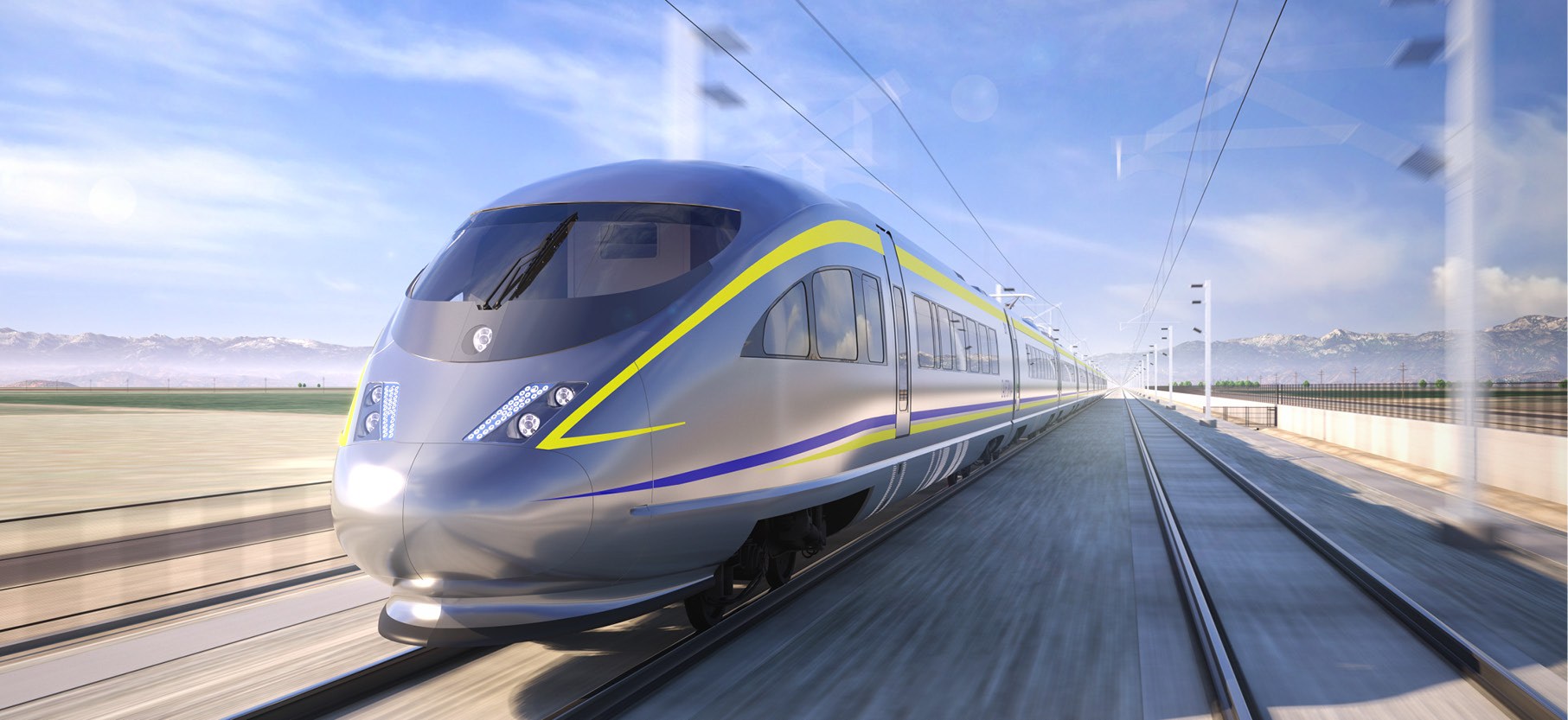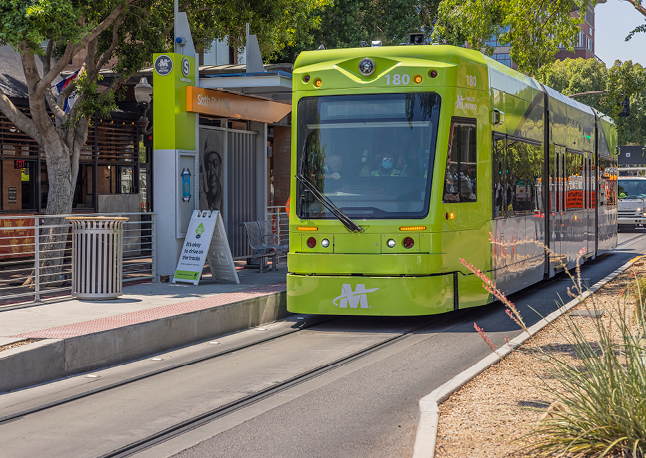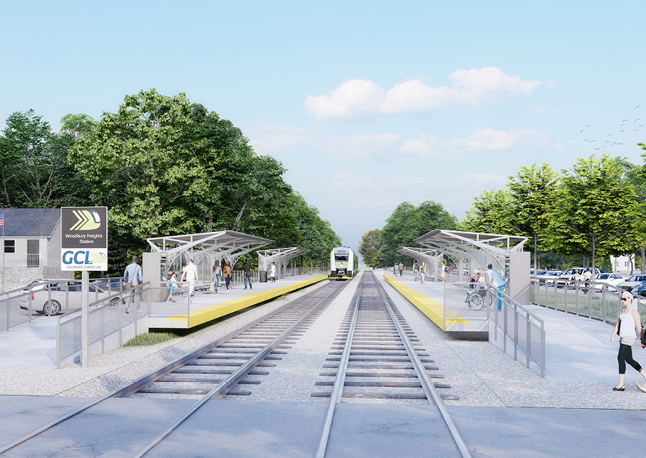LOS ANGELES, CA – STV, a leader in engineering, architectural, planning and program and construction management services, celebrated reaching another significant milestone in the California High-Speed Rail (HSR) program with the approval of its Environmental Impact Report/Environmental Impact Statement (EIR/EIS) for the Burbank-to-Los Angeles Project Section by the California High-Speed Rail Authority (CHSRA).
STV serves as the prime consultant for this assignment on behalf of CHSRA. The 14-mile stretch is the second high-speed rail section in Southern California to clear environmental criteria set by the CHSRA board, and the first approved in the Los Angeles region, one of the most densely-populated and congested areas in the entire country. STV had to account for several unique challenges ranging from minimizing impacts to existing commuter, intercity and freight rail services, to developing the first planned HSR-to-airport connection in the United States.
“An incredibly high level of design detail and care was needed to be sure that construction of the HSR corridor, as well as the service’s operation, would not adversely affect the 100-plus other trains that run through this section daily,” said Tyler Bonstead, P.E., AICP, STV vice president and project manager. “The STV team is proud to have achieved this milestone approval of the EIR/EIS, moving this important project one step closer to becoming a reality for the people of California.”
The Burbank-to-Los Angeles Project Section mainly follows the existing right-of-way (ROW) currently used by Metrolink commuter trains, Amtrak intercity trains and Union Pacific freight service. This section will provide HSR service between a new Hollywood Burbank Airport Station and the existing Los Angeles Union Station, better connecting California’s largest city to Northern and Central California.
In its EIR/EIS, STV examined the constraints of operating within a narrow, urban corridor. It requires a design approach that blends aspects of high-speed, regional and commuter rail standards. As such, the urban rail design criteria balances engineering efficiency and speed with environmental and social impacts. Trains will operate at speeds closer to 100 miles per hour (mph) in this section as opposed to the 200 mph operating speeds in more rural parts of the system.
The Burbank-to-Los Angeles section is one piece of the larger California HSR program, which is proposed to link San Francisco and Sacramento in Northern California to Los Angeles/Anaheim and San Diego in the southern part of the state. Under the same contract with CHSRA, STV is providing planning and design services and developing environmental documentation that will support the EIS for the ultimate 30-mile-long Los Angeles-to-Anaheim segment. The statewide system is expected to carry 40 million passengers annually by 2040.
STV has provided engineering, planning and other professional services for projects in California for decades, including serving as lead designer of the 42-mile initial operating segment of the Sonoma-Marin Area Rail Transit’s (SMART) rail service in San Francisco’s rapidly growing North Bay area. The firm also served as the general engineering consultant for Metrolink, Southern California’s first foray into commuter rail service.
For more than 40 years, STV has served the rail transportation industry. The firm’s responsiveness has earned it a reputation as a leader in transportation infrastructure planning, design and construction management. The team’s insightful approach comes from its talented professionals, who have worked on systems across the country, shaping projects from initial planning through final design, system startup and operation.







